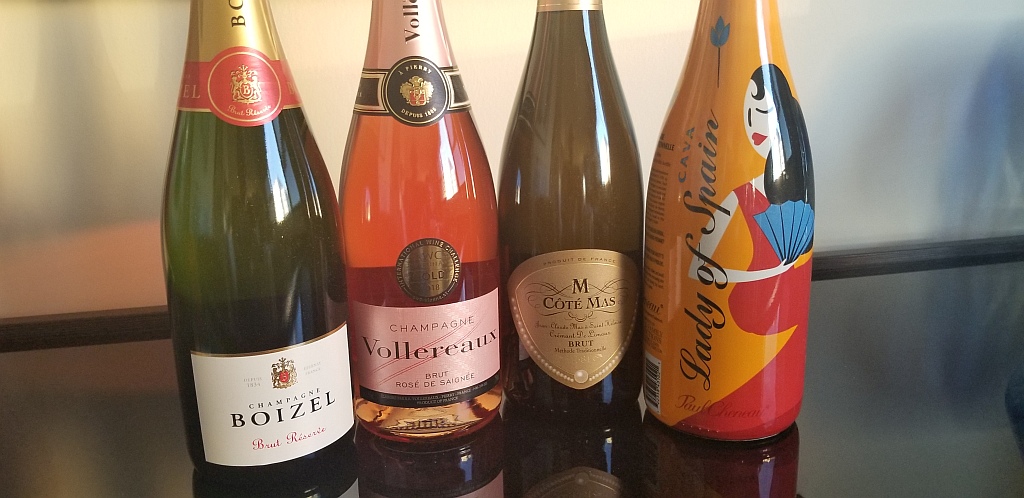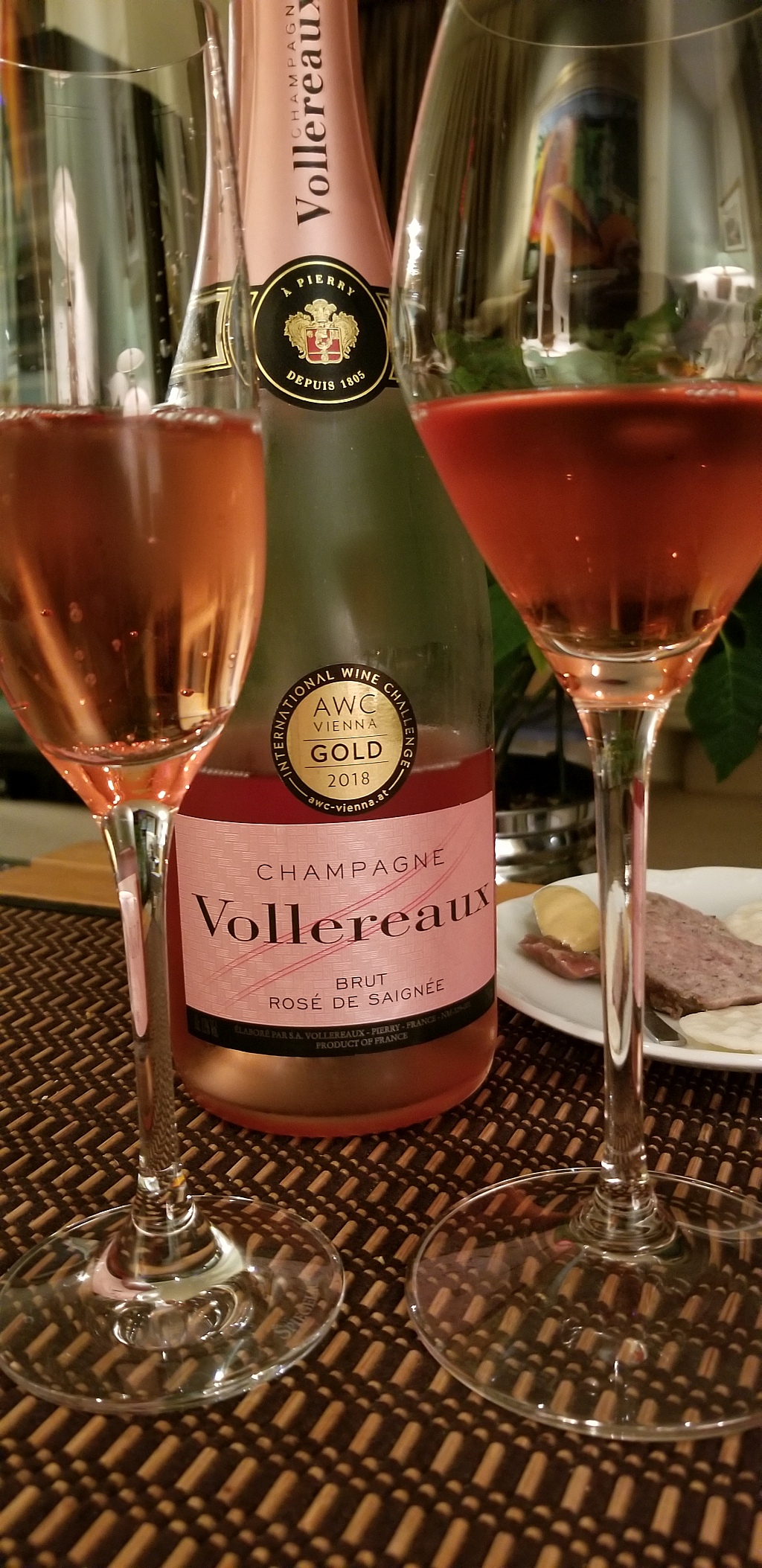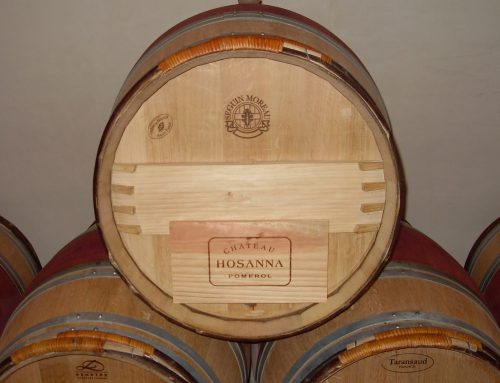Celebration is synonymous with Champagne and sparkling wines. And while the pandemic has robbed of us of many joys—and one could ask, what is there to celebrate—the makers of these delightful sparklers bring sunshine to gray days.
A few years ago, I introduced Evelyne Roques-Boizel, the fifth-generation owner of the excellent Boizel Champagne house (see Boizel Champagne is a welcomed addition to the American Market ). Recently, I enjoyed the richly flavored non vintage Boizel Reserve Brut produced by her two sons Florent and Lionel, who have taken the reins.
Its 55% pinot noir creates a Bollinger-like full body, while the 30% chardonnay and 15% pinot meunier brings a vibrant acidity. Aromatically captivating, the mouth-filling honey and toast flavors are balanced with a citrus-like freshness that carries it to a long, lingering finish. 92 points. Retail prices from $35 to $54; good value at less than $45.
In 1805, Paul Emile Vollereaux founded Champagne Vollereaux. The family sold their grapes to negociants until 1923 when Paul Emile’s grandson, Paul Jules, began producing Vollereaux Champagne. Today the sixth-generation winemaker Franck Vollereaux and his sister Helene own the nearly 100-acre estate in the premier cru-rated village of Pierry, famed for Chateau de la Marquetterie, the home of Taittinger Champagne.
Saignee means “bleeding” in French. It describes a winemaking technique of drawing off a portion of the lightly colored juice during the maceration process and fermenting it. While the saignee method is often used in making still rose wine, it is rarely done in Champagne as most Champagne houses prefer to have total control of color and flavor by adding pinot noir wine. The irresistible Nonvintage Vollereaux Rose de Saignee is a stunning exception to the norm.
Winemaker Vollereaux’s Rose de Saignee is 100% pinot noir with a deep copper-orange color, and attractive fragrances of orange peel and strawberries. Ripe cherry and orange flavors are laced with acidity and minerality, bringing a delicious, tangy orange finish.
I was so pleased with Vollereaux Rose de Saignee that I wanted to know if my Riedel riesling glass—my choice for sparkling wines—delivered a different result than the classic flute Champagne glass. As usual, the flute brought a more pleasing visual of geyser-like bubbles, but reduced the aromatics. Both glasses were gateways to the tangy orange flavor and citrus acidity with a long, lingering finish. 93 points. Retail prices range from $43 to $60, very reasonable for rose Champagne of this quality.
In 1531, Benedictine monks at the abbey of Saint-Hilaire in Limoux recorded the making of sparkling wine, thus linking the southern hot and dry Languedoc region and the often inclimate northern Champagne region. This was 137 years before the 22-year-old Benedictine monk Dom Perignon arrived at the Abbey of Hautvillers in the Champagne region, where poorly made still wine was the fare. Though he didn’t produce sparkling wine, the monk experimented with fermentation and his other experiments contributed to the eventual conventions adopted in the Champagnew region. Dom Perignon, of course, is world renowned for the Champagne bearing his name, while the sparkling wine Saint- Hilaire is known only by wine geeks.
Jean-Claude Mas is the fourth generation of a French winemaking family in the Languedoc region. He took the helm in 2000, bringing his entrepreneurial drive and talent to the Domaines Paul Mas Company, which dates to 1892. What began as a single property, Chateau de Conas, is now a million-plus-case wine operation of seven estates and more than 70 contracted growers spread across the Languedoc. Mas’s Domaine de Martiolles is the source of nonvintage cremant de Limoux sparkling wines under the Cote Mas label.
The Nonvintage Cote Mas Cremant de Limoux Brut is a blend of 60% chardonnay, 20% chenin blanc, and 10% each pinot noir and mauzac. Mas follows Champagne’s winemaking procedures with the secondary fermentation—which creates the bubbles—in the bottle. After aging a year, the sparkling wine receives its dosage, and, is then aged for another 12 months. In the glass, is a medium-body sparkler with poached pear and lemon custard aromas and flavors; the region’s stony, mineral soil contributes backbone and balance. 88 points. Retail prices range from $11 to $20.
Paul Cheneau is a sparkling wine producer in the Penedes, Spain’s cava region. Cava also employs the traditional method, but uses a completely different set of grapes for its wine. The nonvintage Paul Cheneau Lady of Spain Brut Cava blends 45% macabeo, 40% xarel-lo and 15% Parellada. Package in a festive bottle, this sparkler has the apple-cider aroma and flavor that I often encounter in Cava’s traditional blend. Mellow acidity brings a soft, round texture, balance and a pleasing finish. 87 points. Retail prices range from $9 to $16.
Even in a pandemic one can find reasons to celebrate. One is this week’s distribution of a vaccine, which will protect many. Perhaps, it is to pause as the day turns to evening with a glass of rising bubbles in hand. Or, giving thanks to winemakers who bring us joy might be good enough as we cross the time line to 2021.
Photos by John Foy









Leave A Comment